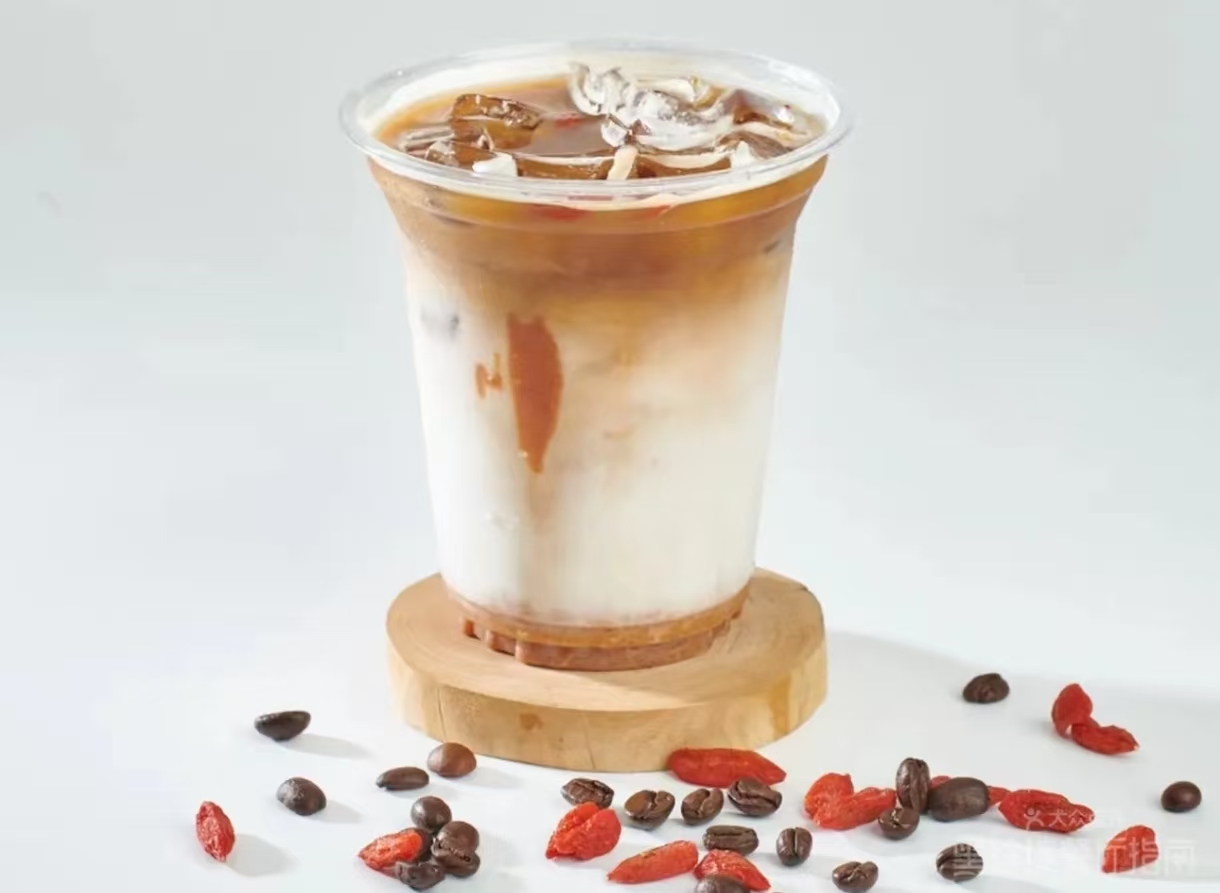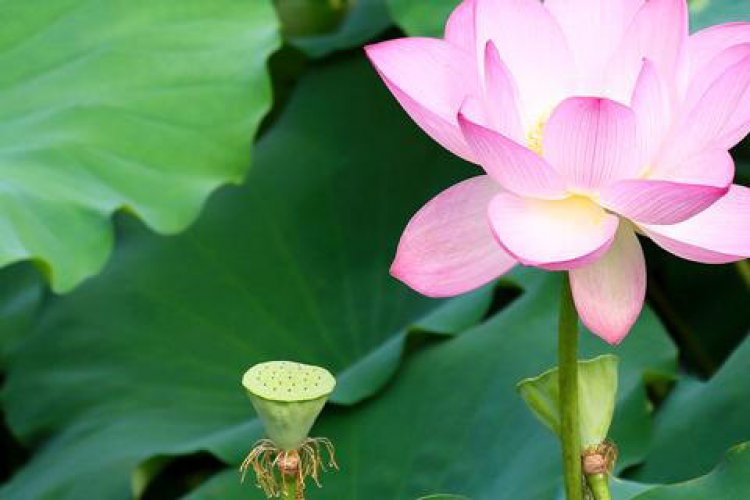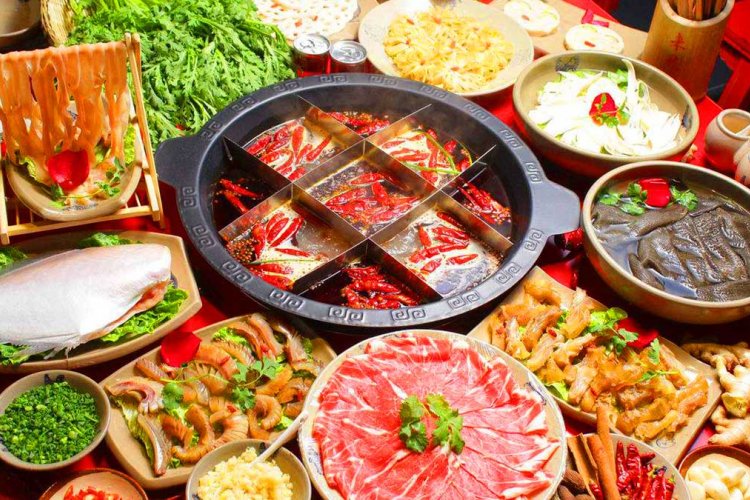How Autumn Food Therapy Is Getting a Modern Makeover
As the weather cools and the dry air sets in, many locals turn to the centuries-old practice of 秋补 qiū bǔ (autumn tonic), a seasonal food therapy designed to nourish the body and fend off seasonal ailments. In traditional Chinese medicine (TCM), or 中医 zhōng yī, autumn is a time to moisten the lungs, ease dryness and gently strengthen the body before winter. Remedies like 秋梨膏 qiūlígāo (autumn pear syrup), 银耳 yíněr (white fungus), 枸杞 gǒuqǐ (goji berries) and 红枣 hóngzǎo (red dates) have long been staples in Chinese households.
But step into a supermarket or scroll through Taobao today, and you'll see that these once-humble ingredients are now big business. They are repackaged, rebranded and remixed for the lifestyles of urban consumers.
From Apothecary to Supermarket Shelf
Take autumn pear syrup, for example. Traditionally made by simmering pears with herbs for hours into a thick medicinal syrup, it would be spooned into hot water to soothe coughs and dryness. Now, it's sold in sleek glass bottles with minimalist labels, marketed as a natural soft drink. Brands position it not just as medicine, but as a healthy alternative to soda – something you can sip on the subway or mix into sparkling water at a cocktail bar.
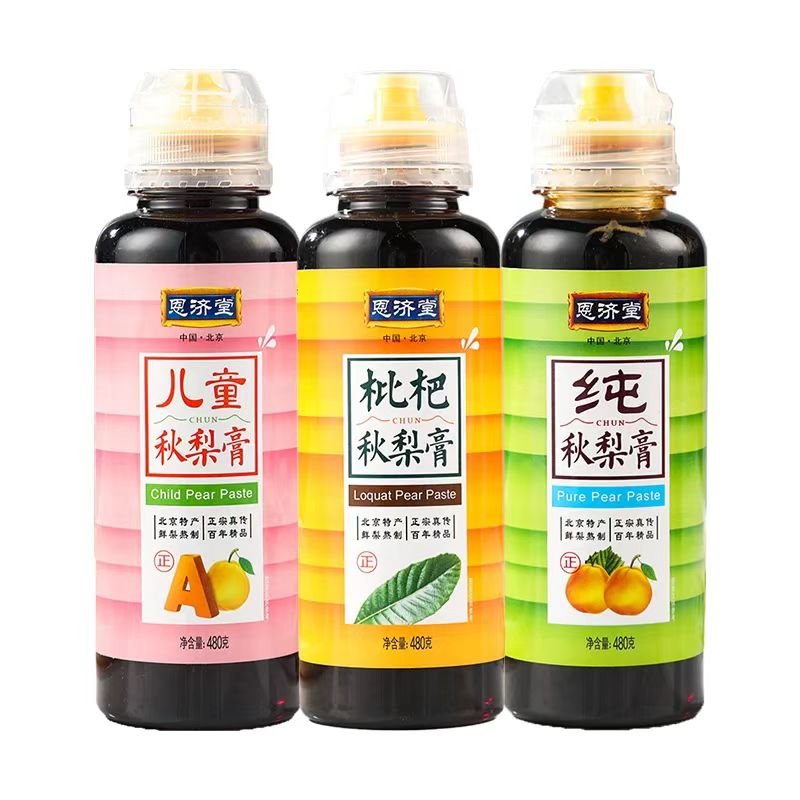
Similarly, white fungus, once laboriously rehydrated and stewed at home, is now bottled as ready-to-drink “dessert soups” sold in convenience stores. With added red dates or lotus seeds, they're pitched to office workers as beauty tonics promising collagen and hydration on the go.
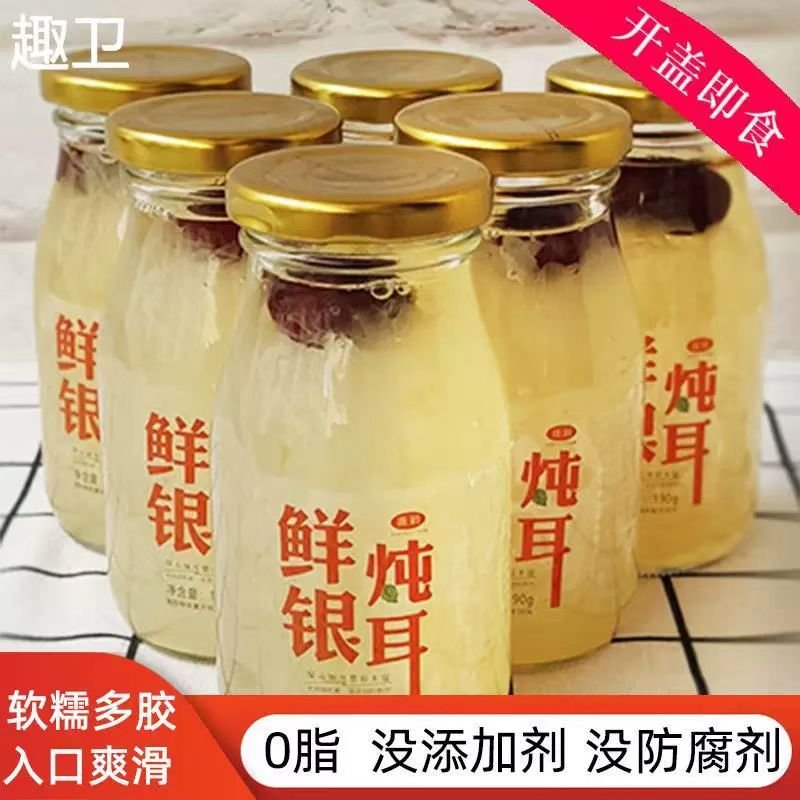
Goji Latte, Anyone?
Perhaps the most striking shift is how traditional remedies are being integrated into trendy café culture. Goji berries, which TCM practitioners prescribe to brighten the eyes and replenish energy, now float in cold-brew coffees and lattes at boutique coffee shops. Marketed as a “superfood,” goji has gone from grandma's thermos to a lifestyle accessory that is a natural boost for stressed-out office workers trying to balance wellness with a caffeine fix.
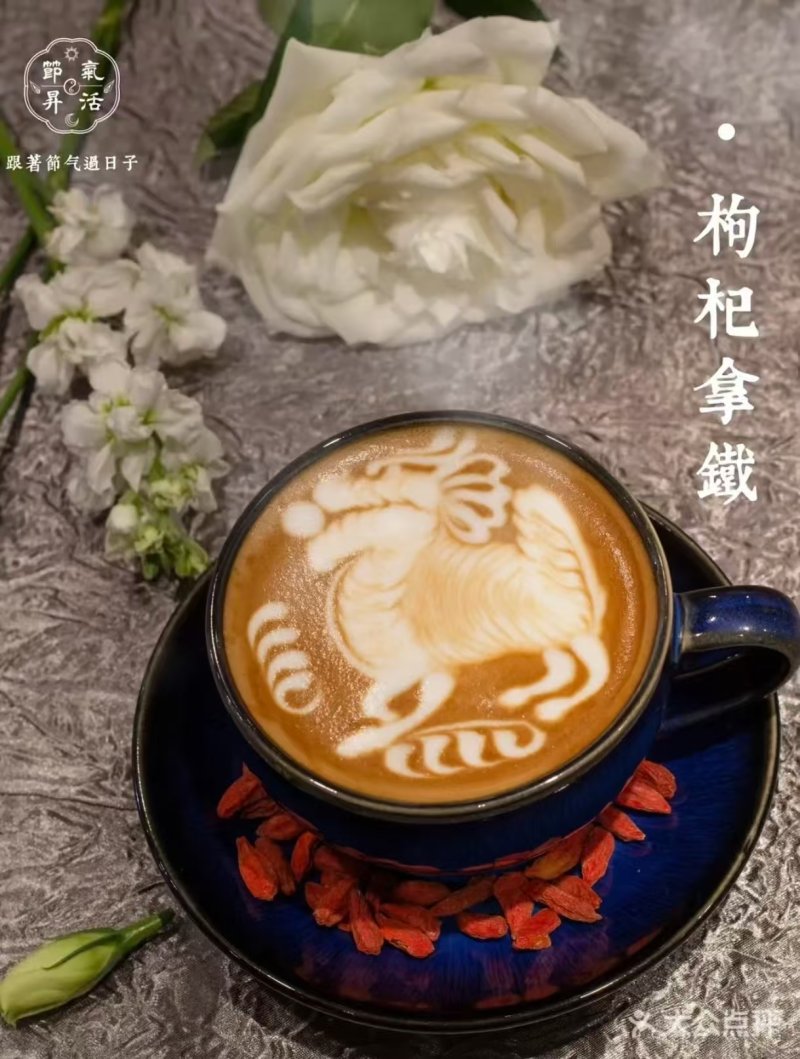
Red dates, too, have been reborn as convenience items: tea bags that can be steeped at your desk, snack packs paired with nuts or freeze-dried slices sprinkled over yogurt. What was once a labor-intensive kitchen task is now reimagined as portable wellness, perfectly suited for the 9-to-9 office crowd.
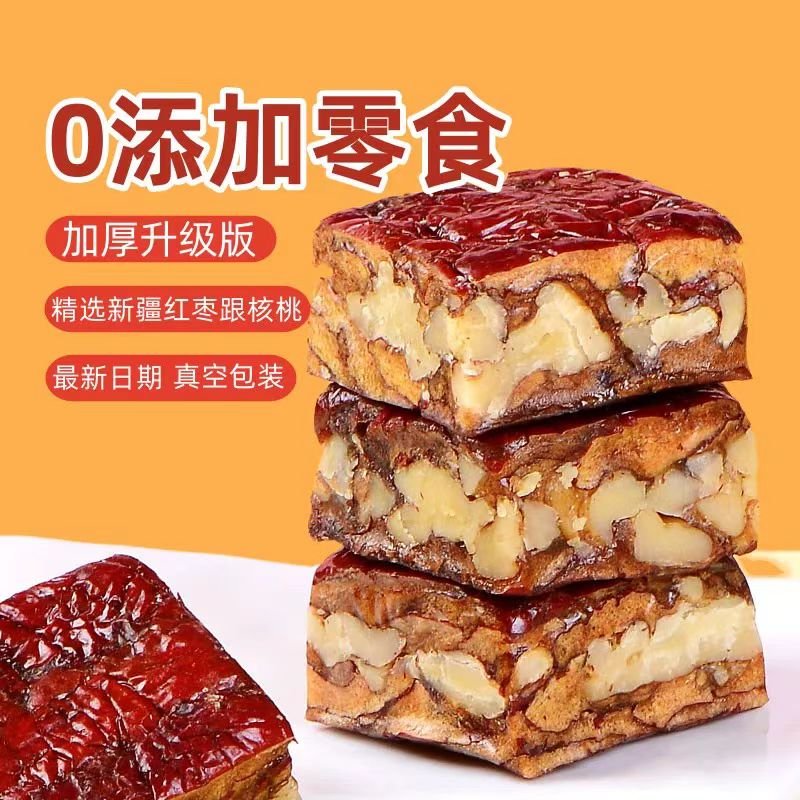
Branding Wellness for Gen Z
The commercial success of autumn tonics lies in clever marketing that reframes these foods less as “medicine” and more as lifestyle. Young consumers are less interested in strict TCM prescriptions and more in functional benefits: hydration, better sleep, skin care or immunity. This shift has allowed companies to use modern branding, influencer promotion and even crossover collaborations with bubble tea or energy drink brands.
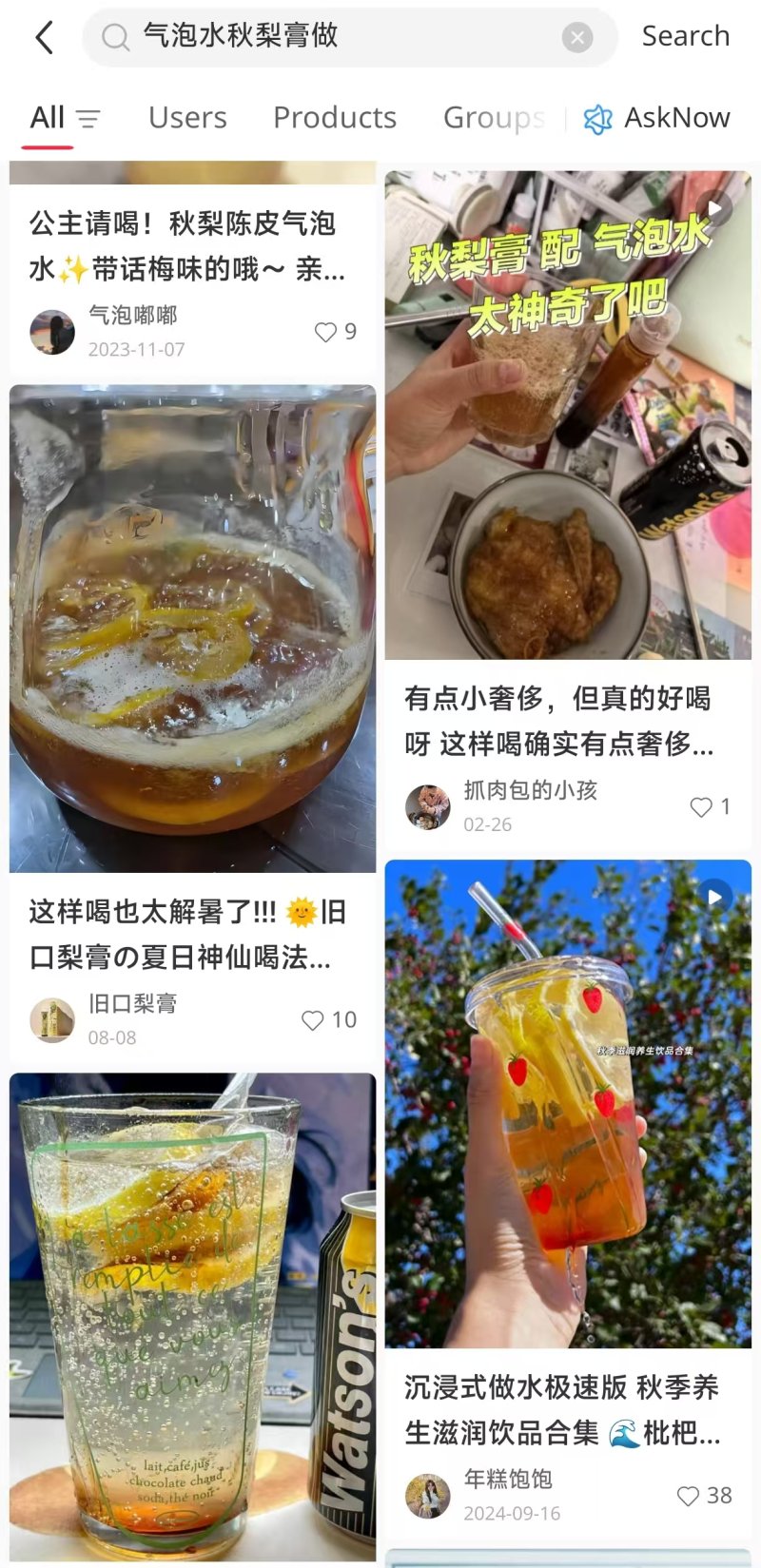
On Xiaohongshu and Douyin, influencers post recipes for qiuligao sparkling water or “red date milk tea,” turning age-old remedies into shareable lifestyle content. Suddenly, what your grandma used to boil for hours is rebranded as the next hip beverage trend.
A Seasonal Tradition, Reinvented
This modern revival doesn't mean the old wisdom is forgotten. Instead, autumn food therapy has been adapted to the rhythms of city life: fast, portable, Instagrammable. The essence remains the same, nourishing the body as the seasons change. But the packaging and consumption habits have evolved.
Today, you're just as likely to see someone sipping a pear syrup soda as you are to spot an elderly neighbor simmering their own batch at home. The message is clear: In a city where tradition and modernity constantly collide, even the art of autumn nourishment is finding new ways to thrive.
READ: The Folk Allure of the Rolling Lantern
Images: Dianping, Taobao

